What does a parsnip look like and how to grow a vegetable?
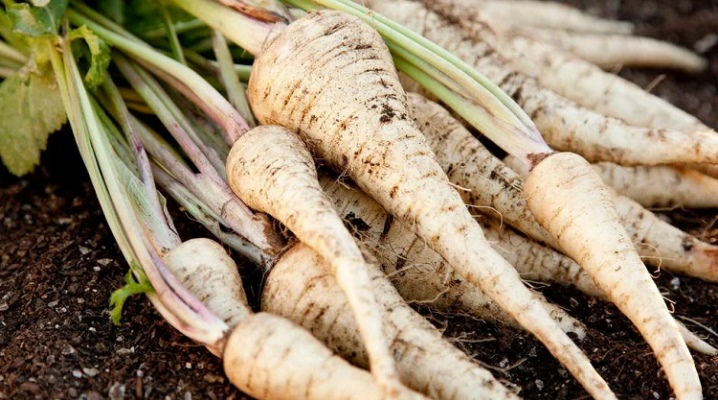
Nowadays, the number of gardeners is constantly growing, striving to find out not only what a parsnip looks like, but also how to properly grow this vegetable in the country. It should be noted that in the wild, different types of parsnips (common, field, meadow and sowing) grow in the North Caucasus, Altai, Urals, Crimea, central Russia and other regions.
It is rare to find this plant in garden plots, but its popularity is actively growing. It is widely used in animal husbandry, beekeeping and cooking as a fodder crop, a good honey plant and a healthy vegetable, respectively.
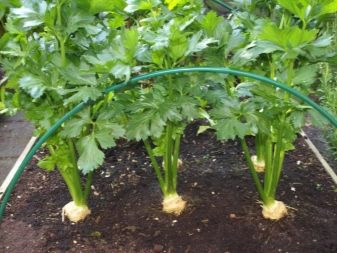
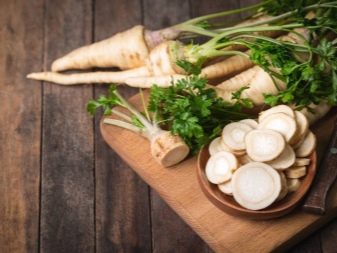
Description
Common parsnip is a biennial root vegetable crop. The height of the bushes ranges from 30 cm to 1.5-2 m. The fruits themselves look like carrots, but they are white in color. By the way, that is why the second name of the plant is white root.
In the first year of life, the growing season of parsnips takes from 120 to 180 days. During this period, a rosette is formed from dark green leaves with long petioles, as well as a fusiform root crop. Separately pinnate leaf plates themselves form 3 to 6 pairs of lateral lobes. The pivotal root system of the plant gradually deepens to the 1.5 m mark, which provides the parsnips with a sufficient amount of moisture.
Distinctive features of root crops:
- round, conical shape;
- smooth surface with convex buds;
- weight reaches 0.8 kg;
- the pulp is moderately firm, with a white or slightly yellowish color, and the taste is similar to carrots, only more tender;
- the top of the fruit is distinguished by a specific, slightly spicy, but at the same time quite pleasant (as they say, for an amateur) aroma and taste.

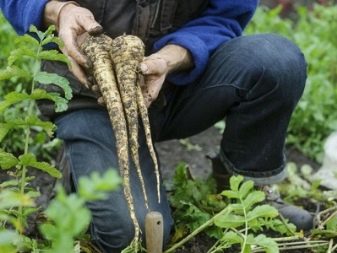
The second growing season takes 120 to 130 days. During this time, in the upper part, which was preserved after wintering, peduncles up to 1 meter high and more are formed, having the following features:
- hollow inside;
- ribbed;
- with weak pubescence;
- branching at the top;
- inflorescences are complex umbrellas located on the tops.
The described plant belongs to the category of cross-pollinated, and in its natural habitat it crosses within the species. It is important to note that at the initial stage of flowering, the root crop becomes inedible. It lasts from July to the end of August.
Yellow or yellow-orange small flowers in umbrellas open gradually, starting from the edge. Due to the fact that this process takes a certain time, the amicability of seed ripening is ensured. The latter have a flattened, rounded shape and brownish color. The seed is capable of retaining its key qualities for 1-2 years.
However, it is worth considering that due to the increased content of essential oils, the achenes of the described vegetable crop have a germination rate of 45-50%.
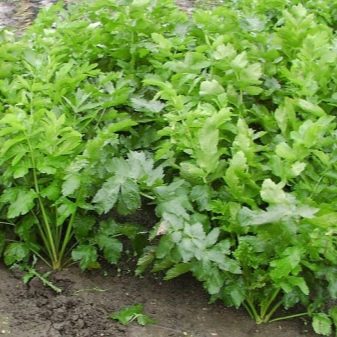
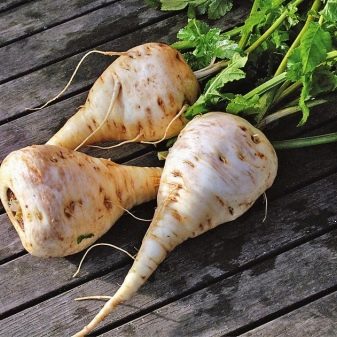
Varieties
The existing varietal varieties of the culture in question are divided into three large categories, taking into account the ripening time of root crops:
- early;
- mid-season;
- late.
In the list of the most popular varieties belonging to the first group, you can include "Culinary" and "Delicacy". By the way, the first is characterized by root crops, the weight of which reaches 100-130 g, and it takes about 85 days to fully ripen. The technical ripeness of the second type occurs approximately 110-115 days after planting in open ground. Moreover, the fruits of "Delicacy" can weigh from 200 to 350 g.Both varieties are characterized by good palatability and keeping quality.
The most common varieties of mid-season parsnips today are "Best of All" and "Petrik". Root crops of these plants, which have a conical shape, are capable of reaching the stage of technical ripeness within 115-130 days. Moreover, their weight is up to 200 g. The distinctive features include a delicate aroma, white pulp, as well as increased productivity and good keeping quality.
The most popular late varietals are the Student and the Guernsey Parsnip. They are successfully grown mainly in regions characterized by a long autumn season. In this case, the growing season lasts 140-150 days. Elongated fruits (25-30 cm) have a conical shape, and their weight ranges from 200 to 300 g. These two varieties are characterized by the aroma of dense white pulp and a sweetish aftertaste.
And also it is worth highlighting the high yield and long shelf life.
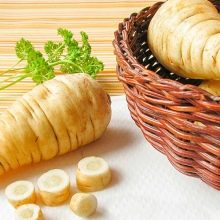
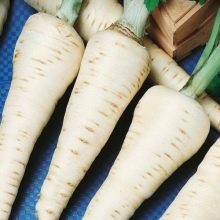
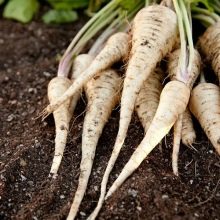
Landing
Before planting parsnips, you need to choose the right site. Recommended crop precursors are potatoes, cucumbers, as well as cabbage, tomatoes and legumes. Root crops grow and develop well on slightly alkaline or neutral soil. In the fall, it is necessary to dig up future beds to the depth of a shovel bayonet. At the same time, humus, vermicompost or mature compost are introduced at the rate of 4-5 kg for each "square" of the treated area. And also phosphorus-potassium fertilizers (25-35 g per 1 sq. M) and nitroammofosk (40-50 g) will be needed. With the onset of spring, re-digging is performed, or cultivation is applied to a depth of 15-20 cm, in parallel, during this period, nitrogen fertilizing is applied, the dosage of which is 25-30 g.
When sowing in winter, it is necessary to use exclusively dry material. It is held from the last decade of October to the first decade of November. If we are talking about carrying out spring work (April-May), then in order to maximize the sprouting, experienced gardeners sow pre-treated and swollen seeds. It is important to highlight the main features:
- sowing method - ordinary, one-, two- and three-line;
- row spacing - from 0.35 to 0.4 m;
- the intervals between the lines in the ribbons are from 0.2 to 0.3 m, and between the ribbons themselves - from 0.5 to 0.7 m;
- seeding - 10-20 mm.
Given the low germination rate, many people prefer to grow vegetables with seedlings. In such cases, sowing is carried out towards the end of February. Seedlings will begin to appear in 20-30 days. The seedlings are transferred to a permanent place at the age of 50-65 days.
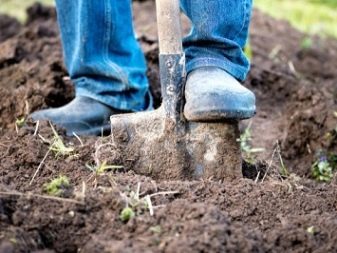
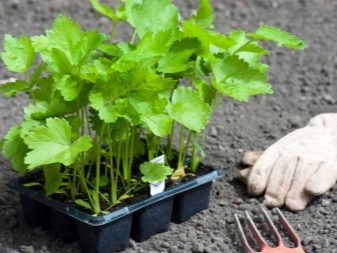
Care
To grow a good harvest, it will be necessary to regularly care for parsnips at all stages of development. And in this case we are talking about such agrotechnical methods as:
- loosening the soil;
- weeding of beds;
- making dressings;
- protection against diseases and harmful insects.
It is important to remember that it is recommended to carry out all the necessary activities from 10 to 11, as well as after 4 pm. When young shoots have just hatched, special attention should be paid to weeding the beds. Untimely removed weeds can simply displace the still immature young growth. In addition, it is important to take into account that this culture germinates for a long time and with some difficulty. That is why experienced gardeners, in order not to lose sight of the beds, plant peculiar lighthouses. These include, for example, lettuce, which will grow quickly and will mark the area with parsnips.
After watering, it is imperative to loosen the ground. It is necessary to carry out such procedures with the utmost care when the plants have not yet matured. Otherwise, the risk of damage to the seedlings increases. It is also recommended to remember that in unfavorable conditions, the culture in question, as a rule, goes into the arrow.In this case, the root crop will not form, but the seed will immediately begin to form.
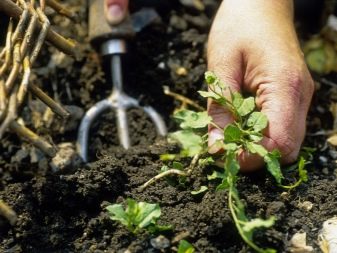

Watering
It should be recalled right away that parsnips are drought-resistant plants. However, it is important to take into account the peculiarities of the period of intensive growth of the vegetative mass of the foliage and the growth of the root system. At this time, untimely and insufficient soil moisture will have extremely negative consequences. The result of such violations of the rules of agricultural technology when growing root crops is likely to be a low quality of the crop. The fruits themselves will be small with fibrous pulp. At the same time, it is strongly recommended to avoid excess moisture. During this period, this will lead to cracking of the forming root crops.
In parallel, their rotting and watery pulp are recorded. As a result, the shelf life of the harvested crop is significantly reduced, and also increases the risk of fungal infection of the plant. Based on all of the above, it is recommended to water the parsnips in the first year of life with an interval of 7-10 days. It is important that moisture saturates the soil to a depth of 10-15 cm, which should be moist, but not swampy. After irrigating the beds, they need to be mulched. Starting from the second year, watering is carried out as needed, taking into account the state of the topsoil. Fully formed and developed roots will provide the plant with a sufficient amount of moisture.

Top dressing
Fertilization in the process of growing any crop is of particular importance. And here the main thing is to know how to properly feed a particular plant, so that instead of stimulating growth and development, it does not harm it. Of course, parsnips are no exception in this case. For the first time, the culture is fed in parallel with the thinning of seed shoots. And here we are talking about the introduction of ammonium nitrate with a shallow incorporation at the rate of 20 to 30 g per square meter of planting. In the future, the intervals between dressings should be 2-3 weeks. In this case, phosphorus-potassium fertilizers are used, the consumption of which is from 15 to 25 g per "square".
It is worth noting that within the framework of the 2nd and 3rd dressings, organic matter is allowed, as well as additional spraying:
- boron;
- ash solution;
- microelements.
Such combinations of several types of processing allow you to maximize volume, improve quality and extend the shelf life of future crops.
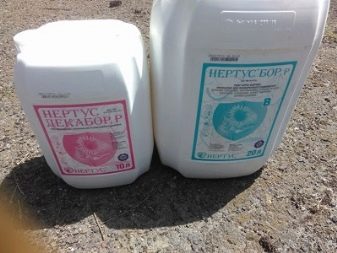
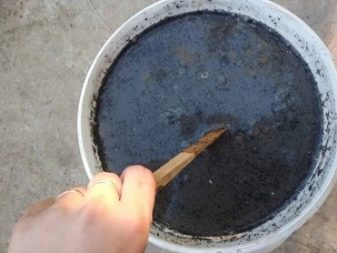
Diseases and pests
In this context, it is important to remember that not only young roots, but also fresh parsnip leaves (greens) are widely used in cooking. Proceeding from this, at the stage of active vegetation, any treatment of plants aimed at protecting against attacks of harmful insects and diseases is prohibited. To achieve these goals, it is allowed to implement the appropriate agrotechnical methods in relation to soil and seeds.
The described culture is subject to the same ailments as other members of the umbrella family. The list of the most common diseases includes wet bacterial, black, as well as white and gray root rot, cercosporiasis and septoria. The following actions will help prevent fungal diseases.
- Strict compliance with crop rotation requirements. You can only grow parsnips on the same plot again after 3-4 years.
- Competent and timely preparation of sites for planting. A mandatory point here will be a thorough cleaning of future beds from any plant residues.
- Compliance with agrotechnical rules provided for a particular crop.
- Preliminary preparation (processing) of seed. It is primarily about soaking the seeds in warm (50 degrees) water for half an hour immediately before sowing. After that, they are sharply cooled and dried well.
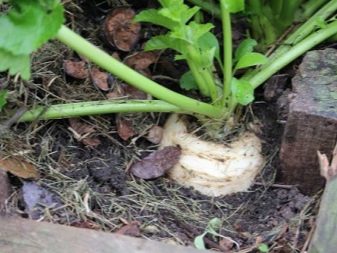
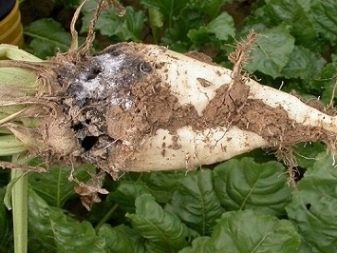
But if, in spite of the preventive measures taken, signs of rot still appear, then it is necessary to immediately get rid of the affected specimens, and treat the vacated places with ash and lime.
Several pests are also the most dangerous for parsnips.
- Caraway moth, the caterpillars of which penetrate almost all parts of plants and feed on their tissues. One of the most effective ways to combat parasites is to sprinkle tomato tops with decoction with the addition of laundry soap.
- The striped insect insect (Italian bug) destroys buds and ovaries. With active reproduction of insects, they are collected by hand. Planting black cohosh plants will be one of the preventive measures.
- The field bug is a grayish-green beetle up to 4 mm long. Females of this pest lay eggs in the tissues of parsnip bushes. The hatching larvae actively suck the juices from the leaves and upper parts of the shoots. In parallel, the parasite's toxic saliva renders the seeds sterile. It is important to note that in a warm climate, up to 4 generations of this dangerous pest can form per season. Such preparations as "Karbofos" and "Actellik" help to effectively destroy insects. However, it should be remembered that the use of chemical control agents is undesirable.
- The most dangerous aphid, causing the most tangible harm to the culture and being the most prolific. It is important to remember that this pest not only sucks the sap from the plant, but is also one of the main carriers of viruses. It is recommended to fight aphids with folk remedies and, if possible, without the use of chemicals.
Preventive measures will be timely and high-quality removal of weeds on the site, and after harvesting all plant residues.
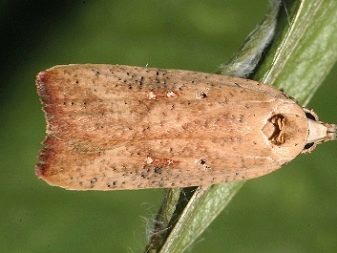

Cleaning and storage
In the first year, harvesting is carried out in the fall, or rather, from the end of September to the beginning of October. It is important that such work is done before the first frost. Another prerequisite is dry weather when harvesting root crops. At the same time, the latter should be thoroughly cleaned of soil, removed from the tops and sent under a canopy for drying. After that, they are folded into boxes and sprinkled with slightly moistened sand.
For long-term storage, parsnips must be placed in a room (preferably in the basement), where the thermometer will be at 0 to +2 degrees. An equally important point is the air humidity, which should be from 80 to 85%. In regions with a warm climate, some of the root crops are left to winter in the ground, using fresh vegetables as needed. However, it is worth considering that in the spring the entire crop will need to be dug up, otherwise the root crops will begin to germinate.
In order to obtain seed, several fruits are also left on the garden bed. They will need to be covered with straw, or a snow shelter should be created to prevent freezing. After full maturation, the umbrellas are cut off and their contents are shaken out onto some kind of bedding. Then the seeds are dried and sent to tight-fitting linen or paper bags (bags) for storage.
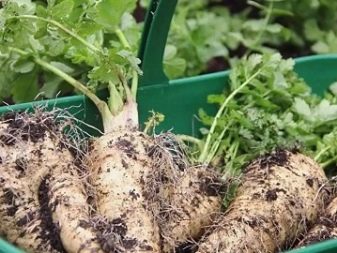














The comment was sent successfully.